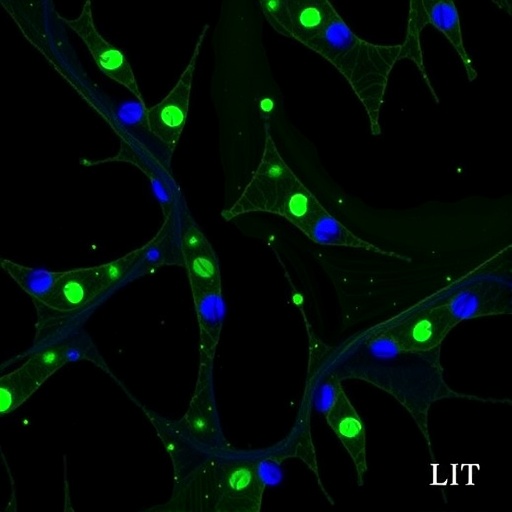BOSTON — Cancers driven by the RAS oncogene are aggressive and difficult to treat, and thus far precision drugs haven't been able to target the mutant RAS gene successfully.
But in a presentation at the American Association for Cancer Research Annual Meeting on Monday, April 3, 2017 at 10:30 a.m., in Washington DC, Dana-Farber Cancer Institute scientists said a number of patients in a small study with RAS-driven lung, ovarian, and thyroid cancers got long-term clinical benefit from a combination of two drugs that targeted molecular pathways controlled by the RAS gene.
"Between one-quarter and one-third of patients got long-term clinical benefit," said Geoffrey Shapiro, MD, PhD, director of Dana-Farber's Early Drug Development Center. "Several patients were on the drugs for more than a year, and one patient has been on treatment for two and a half years. And these were heavily-treated patients without many options."
One component of the oral combination was palbociclib, which inhibits cyclin-dependent kinase CDK4. The other drug was PD-0325901, an experimental inhibitor of MEK, a protein kinase that is overactivated in some cancers. Both MEK and CDK4/6 are "downstream" of the RAS oncogene and are more easily targeted than RAS itself.
The phase I study included 25 patients, of whom 17 had KRAS-driven lung cancer. The patients received the two drugs once or twice daily at five different dose levels for three of every four weeks.
One patient had partial shrinkage of the tumor and 18 had stable disease as the best response. Seven patients had stable disease – the cancer did not grow – for more than six months, including five with non-small cell lung cancer, one with thyroid cancer, and one with ovarian cancer.
Shapiro said the combination was safe and tolerable, and "we definitely have subsets of patients with long-term clinical benefit, suggesting that continued evaluation of drugs targeting CDK4 and MEK should be pursued."
###
Media Contact
John Noble
[email protected]
617-632-5784
@DanaFarber
http://www.dfci.harvard.edu
############
Story Source: Materials provided by Scienmag




